Things to do in Nepal
Nepal is renowned for its majestic Himalayan range, offering some of the world's most iconic trekkin...
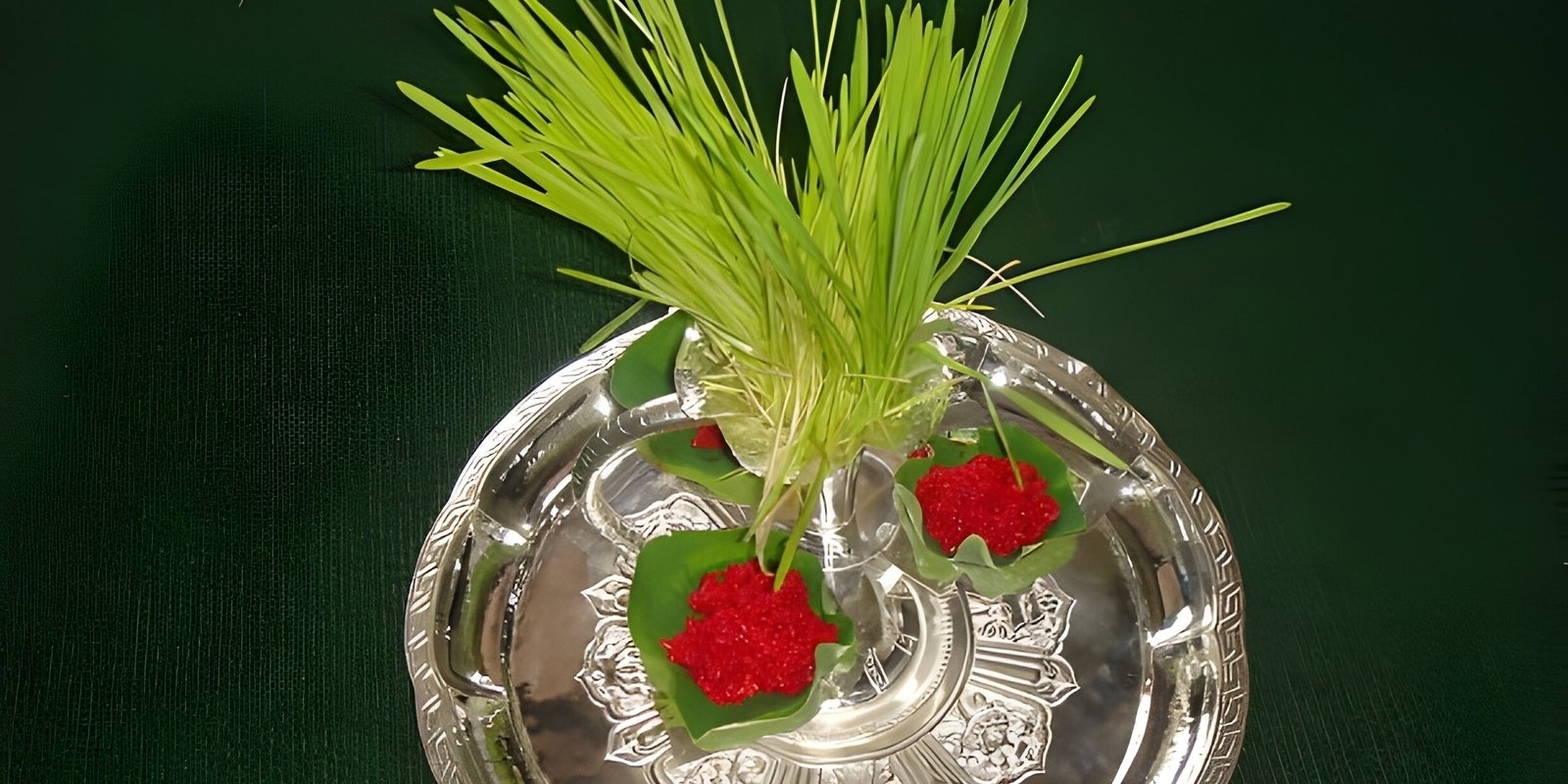
Nepal, a land of diverse culture, heritage and stunning landscapes, is also a country with a vibrant Tapestry of festivals. These celebrations reflect the rich cultural fabric and the deep-rooted traditions of various ethnic groups. From grand religious ceremonies to joyous communal gatherings, festivals in Nepal are not just events but an essential part of life that brings communities together in a shared experience of joy, devotion, and heritage. Here’s a detailed look at some of the most significant festivals in Nepal.
Overview:
Dashain is the longest and the most important festival in Nepal, celebrated by Nepalis of all castes and creeds throughout the country. It typically falls in September or October and lasts for 15 days.
Significance
Dashain commemorates the victory of the goddess Durga over the demon Mahishasura, symbolizing triumph of good over evil. It is a time for family reunions, animal sacrifices and elaborate feasts.
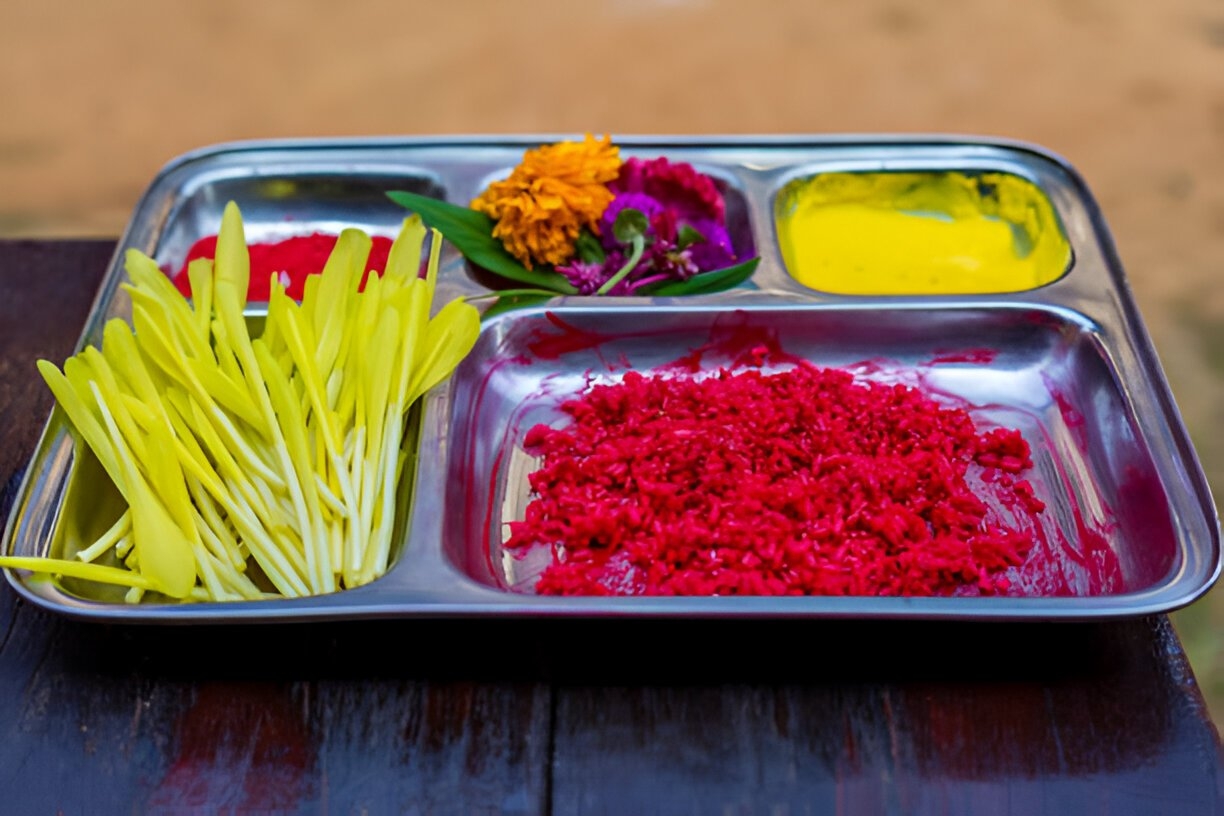 Celebrations
Celebrations
Overview
Tihar, also known as Deepawali, is a five-day festival that usually occurs in October or November. It honors the bond between humans, gods, and animals.
 Significance
Significance
Celebrations
Overview
Holi, celebrated in March, marks the arrival of spring and is known for the joyous throwing of colors.
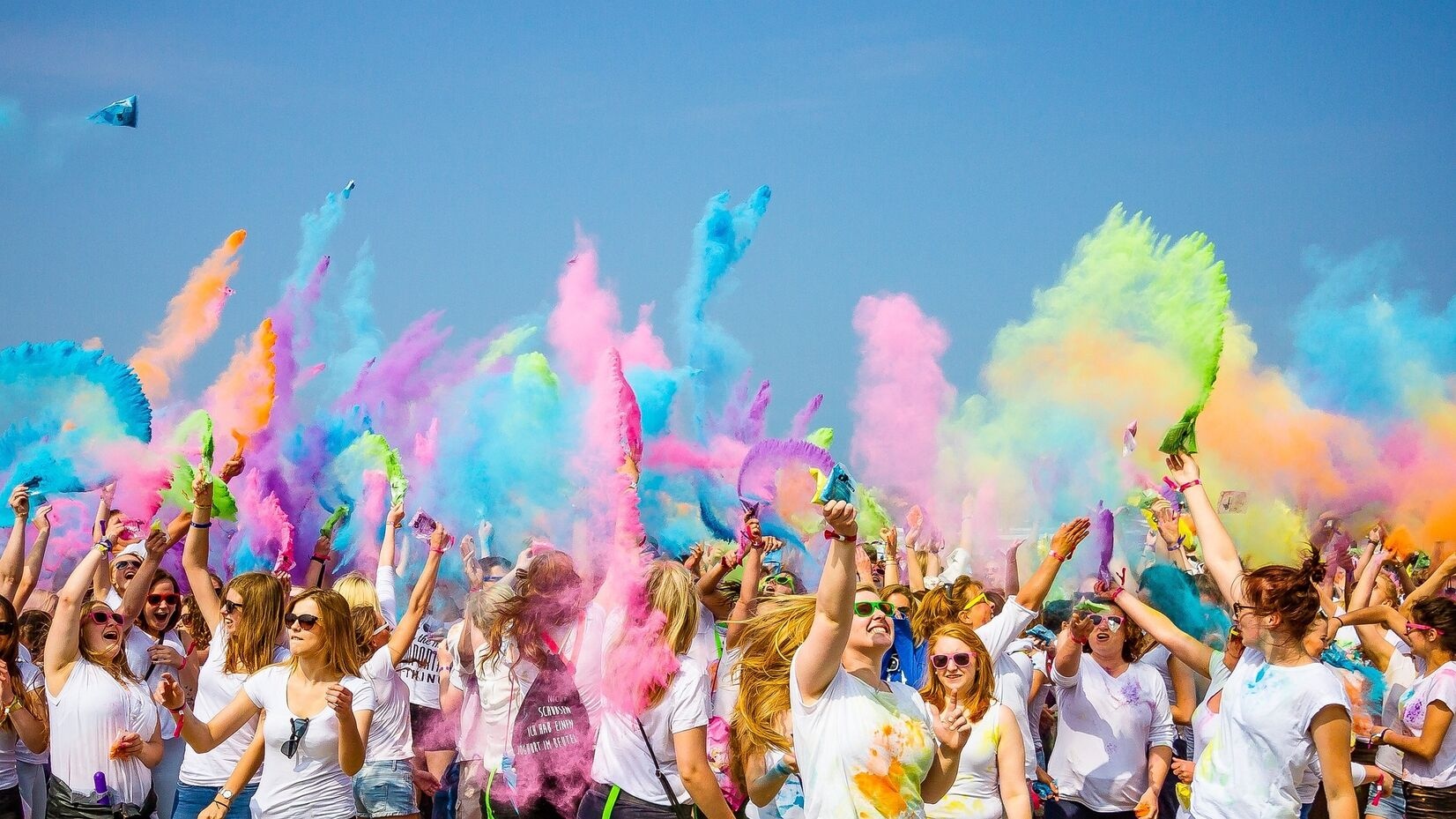 Significance
Significance
Holi commemorates the victory of Vishnu over the demoness Holika, symbolizing the triumph of good over evil.
Celebrations
Overview
Teej, celebrated by Hindu women in August or September, is dedicated to Goddess Parvati and her union with Lord Shiva.
Significance
The festival is marked by fasting and prayer for marital bliss and the well-being of the husband.
Celebrations
Overview
Maghe Sankranti, celebrated in January, marks the end of the winter solstice and the beginning of longer days.
Significance
It is a time for feasting, family gatherings, and performing rituals for health and prosperity.
Celebrations
Overview
Indra Jatra, an eight-day festival in September, is one of the most significant festivals of Kathmandu Valley, especially for the Newar community.
 Significance
Significance
It honors Lord Indra, the king of heaven and god of rain, as well as Bhairab, the fierce aspect of Lord Shiva.
Celebrations
Conclusion
The festivals of Nepal are a vibrant reflection of the country's diverse cultural heritage. Each festival, with its unique customs and traditions, showcases the rich tapestry of Nepalese society. These celebrations not only bring joy and unity among the people but also preserve and promote the cultural values that have been passed down through generations. Whether you are a visitor or a local, participating in these festivals offers a profound insight into the heart and soul of Nepal.
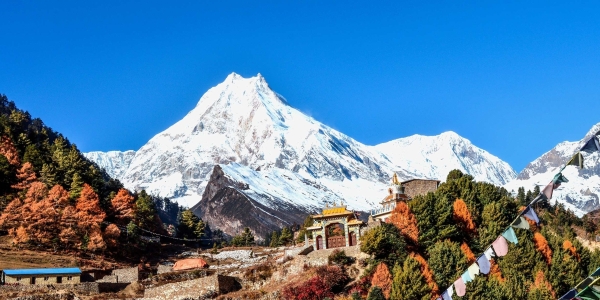
Nepal is renowned for its majestic Himalayan range, offering some of the world's most iconic trekkin...

The "World's Ceiling," commonly known as Himalayas, extend their grandeur over five nations: India,...
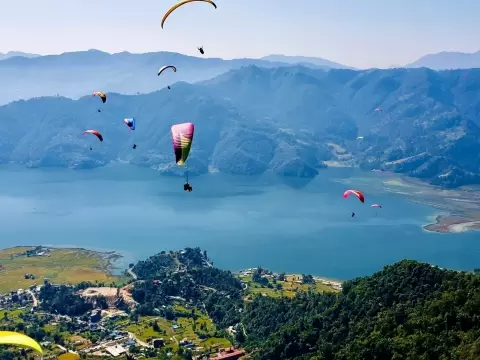
Nepal, nestled in the heart of the Himalayas, beckons travelers with its awe-inspiring natural beaut...
